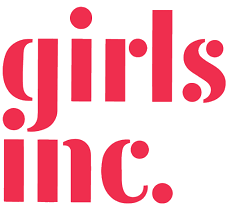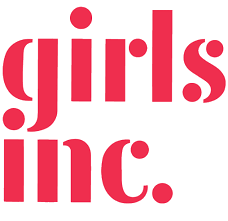If you’re looking to replace or upgrade your furnace or air conditioner, it is vital that you take the time to ensure whatever unit you buy is appropriately sized for your building. Choosing a unit that is too small will result in insufficient heating or cooling while too large of a unit will cost you much more in terms of both purchase price and energy use. With this in mind, here is a brief overview of how to calculate approximate furnace and AC sizes.
Square Footage Calculations
The first step to estimating how large of a furnace or air conditioner you need is to calculate the square footage of the building. This means measuring the length and width of every room to find its square footage and then adding up all of these numbers together. If your home has an attached garage, you will also need to include this in your calculation even if it isn’t connected to your HVAC system. The reason is that, unless the wall between the garage and the house is extremely well insulated, some heat or cold air from the HVAC system will still escape into the room. In this case, your new furnace or air conditioner may not be able to properly keep up if you didn’t calculate your garage into the equation.
Approximate BTUs Needed Based on Size
Once you know the square footage of your building, you can then calculate approximately how much heat or cooling output you’ll need. This output is measured in British Thermal Units (BTUs). It takes roughly 25 BTUs to fully heat or cool one square foot of space. Based on this, you need to take your building’s square footage and multiply it by 25 to determine how many total BTUs you need. For instance, you’ll need 25,000 BTUs for a 1,000-square-foot building or 37,500 BTUs for a 1,500 square feet home.
Now that you know approximately how many BTUs you’ll need, you can then start shopping for a unit in the same size. Of course, it isn’t quite as simple as that since outdoor temperatures and various other factors can affect the efficiency of your heating or cooling equipment. Another issue is that units only come in standard sizes, which means that you might not be able to find something with the exact BTU output you need. In this case, it is always better to go with something slightly larger than you need instead of risking buying too small of a unit.
A good rule of thumb is that central AC units should produce no more than 15% more BTUs than your calculation, whereas a furnace should be no more than 40% more. For heat pumps, it’s best to stick to no more than 25% since these will provide both heating and cooling.
Accounting for High Ceilings
All of these calculations are based on a building with standard 8-foot ceilings. If your home has high ceilings in some or all of the rooms, you will need to also take this into account or else the unit will end up being too small. One easy way to account for high ceilings is to simply multiply the total BTUs from the previous calculation by 1.25 (25%). However, this method really isn’t all that accurate, which is why most HVAC experts recommend instead calculating everything based on cubic feet instead of square feet. Still, this can complicate the equation quite a bit, so we’ll just stick with this method since we’re really only looking for a rough estimate anyway.
How HVAC Professionals Size HVAC Systems
Professional HVAC contractors use a much more advanced method to determine what size of heating or cooling equipment is needed. Most professionals use what is known as a Manual J calculation. In addition to square footage, this method takes into account a range of other factors that can impact your HVAC system.
This includes how many people live or work in the building, the design and size of the ductwork and how well insulated the home is. They will also take into account the size and style of all windows and doors in the building, the local climate and how much direct sunshine or shade the building gets. All of this is done in order to make as accurate of an evaluation of the building as possible to ensure that the unit isn’t too small to properly heat or cool it and also not so large that it continuously turns on and off.
If you are looking to replace your furnace, AC, heat pump or other HVAC equipment in Albany, it is always best to hire a professional to evaluate your home and help you choose the right size and type of unit for your needs. At Grasshopper Heating & Cooling, we specialize in HVAC installations and replacements and offer a wide selection of units for homes and other buildings of any size. Financing is available for new equipment on approved credit, and our technicians can also handle all of your repair or maintenance needs. To learn more about what makes us one of the top heating and cooling companies in Albany, give us a call today.













